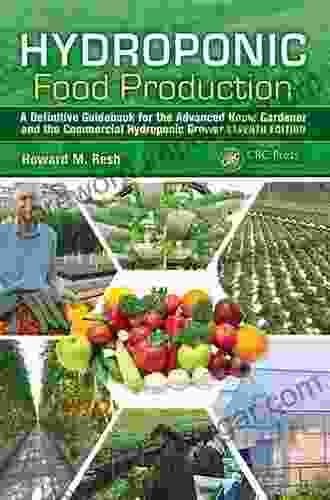Extraction Techniques For Environmental Analysis: Your Comprehensive Guide

Environmental analysis plays a crucial role in understanding the presence and concentration of various contaminants in our environment. Extraction techniques are essential steps in this process, as they enable the isolation and concentration of target analytes from complex environmental matrices.
4.4 out of 5
| Language | : | English |
| File size | : | 27742 KB |
| Text-to-Speech | : | Enabled |
| Screen Reader | : | Supported |
| Enhanced typesetting | : | Enabled |
| Print length | : | 361 pages |
| Lending | : | Enabled |
This comprehensive guide will provide you with an in-depth overview of the most commonly used extraction techniques for environmental analysis. We will explore the principles, advantages, and limitations of each technique, helping you choose the best method for your specific needs.
Soxhlet Extraction
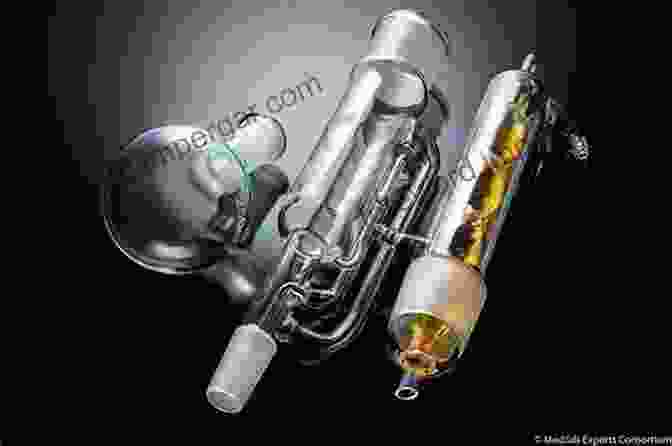
Soxhlet extraction is a classical extraction technique that involves the continuous extraction of analytes from a solid sample using a refluxing solvent.
Principle:
- The sample is placed in a thimble made of filter paper and suspended in the Soxhlet extractor.
- The solvent is heated to boiling in a flask below the sample.
- The boiling solvent condenses in a condenser and drips onto the sample.
- The extracted analytes dissolve in the solvent and drip back into the flask.
- This process is repeated until the analytes are completely extracted from the sample.
Advantages:
- High extraction efficiency
- Simple and inexpensive
- Suitable for a wide range of samples
Limitations:
- Requires large amounts of solvent
- Can be time-consuming
- May not be suitable for volatile analytes
Supercritical Fluid Extraction
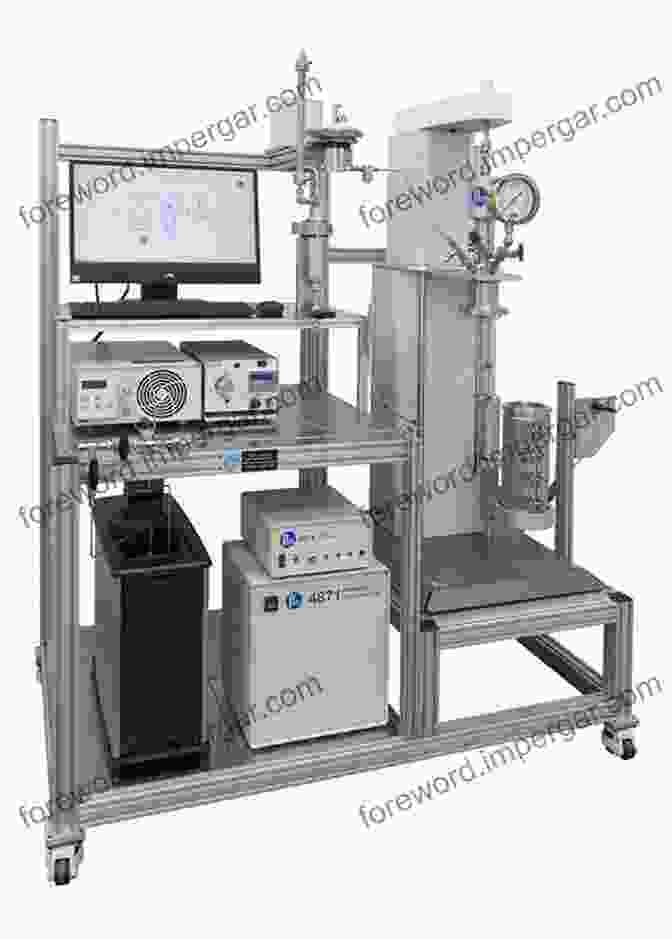
Supercritical fluid extraction (SFE) employs a fluid that is heated above its critical temperature and pressure to extract analytes from a sample.
Principle:
- The sample is placed in an extraction cell.
- The supercritical fluid is pumped through the cell at high pressure.
- The extracted analytes dissolve in the supercritical fluid.
- The mixture is then depressurized, causing the supercritical fluid to return to gas and liquid phases.
- The analytes are collected from the liquid phase.
Advantages:
- High extraction efficiency
- Rapid extraction times
- Low solvent consumption
- Minimal sample preparation
Limitations:
- Expensive equipment
- Not suitable for all solvents
- May not be suitable for large samples
Solid-Phase Extraction

Solid-phase extraction (SPE) involves passing a liquid sample through a solid sorbent packed in a cartridge. The analytes of interest are selectively retained on the sorbent, while the remaining components of the sample are washed away.
Principle:
- The sample is passed through the SPE cartridge.
- The analytes are retained on the sorbent.
- The sorbent is washed with a solvent to remove any unwanted components.
- The analytes are eluted from the sorbent using a suitable solvent.
Advantages:
- Selective extraction
- Low solvent consumption
- Rapid extraction times
- Easy to automate
Limitations:
- Can be expensive
- May not be suitable for all samples
- Can be time-consuming if multiple extractions are required
Liquid-Liquid Extraction
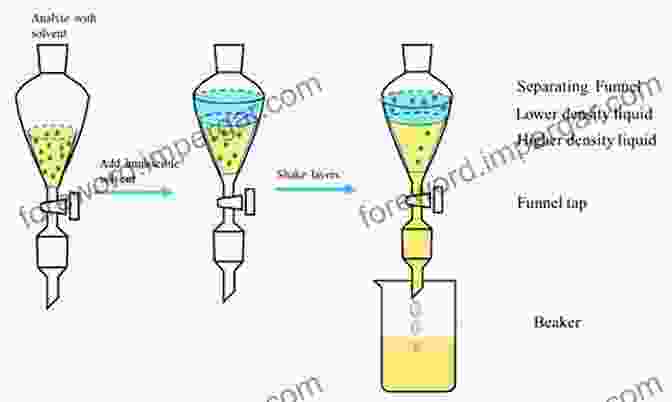
Liquid-liquid extraction (LLE) is based on the principle that two immiscible liquids can extract analytes from each other. The analytes are selectively partitioned between the two liquids based on their solubility.
Principle:
- The sample is mixed with a suitable solvent.
- The mixture is shaken or stirred to promote mass transfer.
- The two liquids are allowed to separate into two phases.
- The analytes are concentrated in one of the phases.
Advantages:
- Simple and inexpensive
- Suitable for a wide range of samples
- Can be easily scaled up
Limitations:
- Can be time-consuming
- Requires large amounts of solvent
- May not be suitable for analytes that are soluble in both liquids
The choice of extraction technique for environmental analysis depends on a number of factors, including the nature of the sample, the analytes of interest, and the desired level of accuracy and precision. By understanding the principles, advantages, and limitations of each technique, you can select the most appropriate method for your specific application.
This guide has provided a comprehensive overview of the most commonly used extraction techniques for environmental analysis. For further information, we recommend consulting the following resources:
- EPA: Extraction Techniques for Environmental Samples
- ScienceDirect: Extraction Techniques
- CRC Press: Extraction Techniques in Environmental Chemistry
4.4 out of 5
| Language | : | English |
| File size | : | 27742 KB |
| Text-to-Speech | : | Enabled |
| Screen Reader | : | Supported |
| Enhanced typesetting | : | Enabled |
| Print length | : | 361 pages |
| Lending | : | Enabled |
Do you want to contribute by writing guest posts on this blog?
Please contact us and send us a resume of previous articles that you have written.
 Book
Book Novel
Novel Page
Page Chapter
Chapter Text
Text Story
Story Genre
Genre Reader
Reader Library
Library Paperback
Paperback E-book
E-book Magazine
Magazine Newspaper
Newspaper Paragraph
Paragraph Sentence
Sentence Bookmark
Bookmark Shelf
Shelf Glossary
Glossary Bibliography
Bibliography Foreword
Foreword Preface
Preface Synopsis
Synopsis Annotation
Annotation Footnote
Footnote Manuscript
Manuscript Scroll
Scroll Codex
Codex Tome
Tome Bestseller
Bestseller Classics
Classics Library card
Library card Narrative
Narrative Biography
Biography Autobiography
Autobiography Memoir
Memoir Reference
Reference Encyclopedia
Encyclopedia Coursetake
Coursetake Sheila Wolfendale
Sheila Wolfendale Edward Farber
Edward Farber Patrick Callaghan
Patrick Callaghan Michael T Madigan
Michael T Madigan Adel Guindy
Adel Guindy Ernie Pyle
Ernie Pyle Peter Zettl
Peter Zettl Elyn R Saks
Elyn R Saks Jeff Strickland
Jeff Strickland Emily Bouchard
Emily Bouchard Aaron Schwabach
Aaron Schwabach Jules Shuzen Harris
Jules Shuzen Harris Elise Kimerling Wirtschafter
Elise Kimerling Wirtschafter Elaine Lewinnek
Elaine Lewinnek Joe Hill
Joe Hill Timothy H Lim
Timothy H Lim Emily Fairlie
Emily Fairlie Ellery Queen
Ellery Queen Elizabeth Wilson
Elizabeth Wilson
Light bulbAdvertise smarter! Our strategic ad space ensures maximum exposure. Reserve your spot today!
 Jeffrey HayesFollow ·12.7k
Jeffrey HayesFollow ·12.7k Jimmy ButlerFollow ·2.1k
Jimmy ButlerFollow ·2.1k Ken FollettFollow ·14.6k
Ken FollettFollow ·14.6k Shawn ReedFollow ·2.2k
Shawn ReedFollow ·2.2k Ralph Waldo EmersonFollow ·14.4k
Ralph Waldo EmersonFollow ·14.4k Rick NelsonFollow ·19.4k
Rick NelsonFollow ·19.4k Jayson PowellFollow ·4.9k
Jayson PowellFollow ·4.9k Jedidiah HayesFollow ·7.1k
Jedidiah HayesFollow ·7.1k

 Bob Cooper
Bob CooperUnlock the Secrets to Nurturing Highly Successful...
In a rapidly evolving world where...

 Mario Simmons
Mario SimmonsThe Fall of the Hellenistic Kingdoms 250-31 BC: A...
Unraveling...
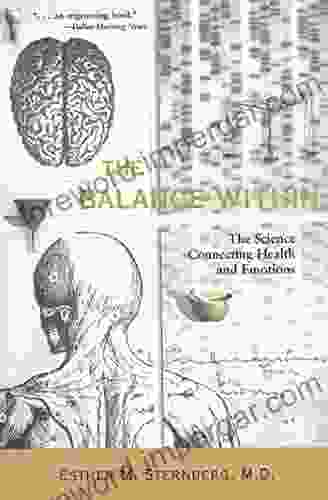
 Glen Powell
Glen PowellUnveiling the Profound Connection: Health and Emotions
In today's fast-paced...

 Gavin Mitchell
Gavin MitchellStep Back in Time: Experience the Vietnam War Through...
Uncover the Raw...

 Robert Frost
Robert FrostThe Forgotten 1989 Expulsion Of Turks From Communist...
Unveiling a Hidden Chapter...

 Deacon Bell
Deacon Bell24 Hours in Ancient Athens
A Day in the Life of a Classic Civilization ...
4.4 out of 5
| Language | : | English |
| File size | : | 27742 KB |
| Text-to-Speech | : | Enabled |
| Screen Reader | : | Supported |
| Enhanced typesetting | : | Enabled |
| Print length | : | 361 pages |
| Lending | : | Enabled |







